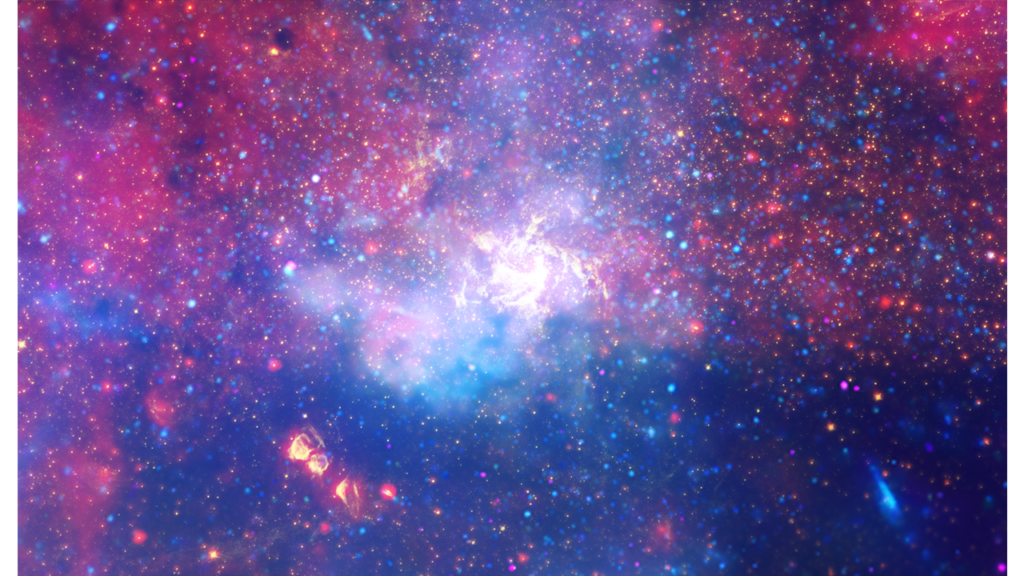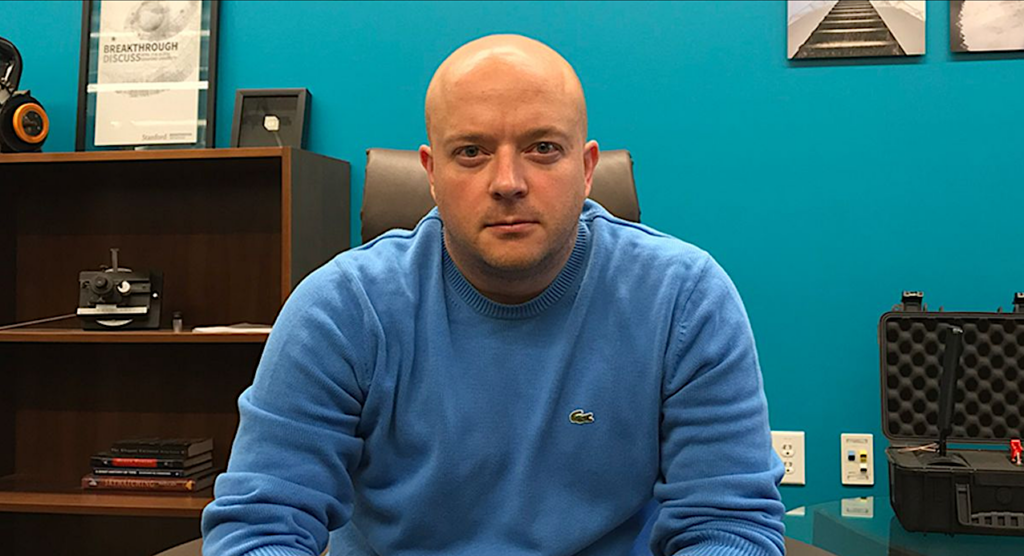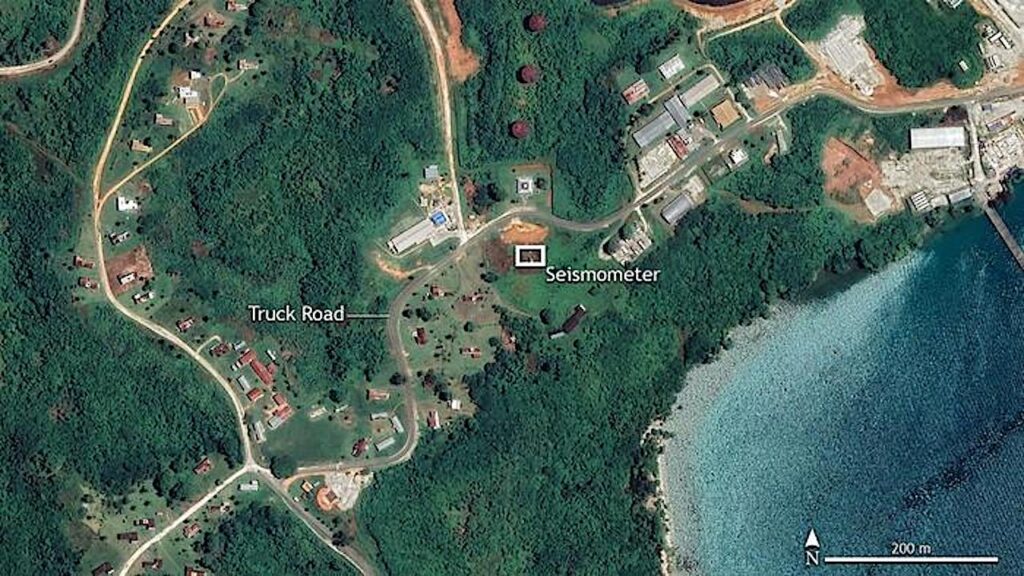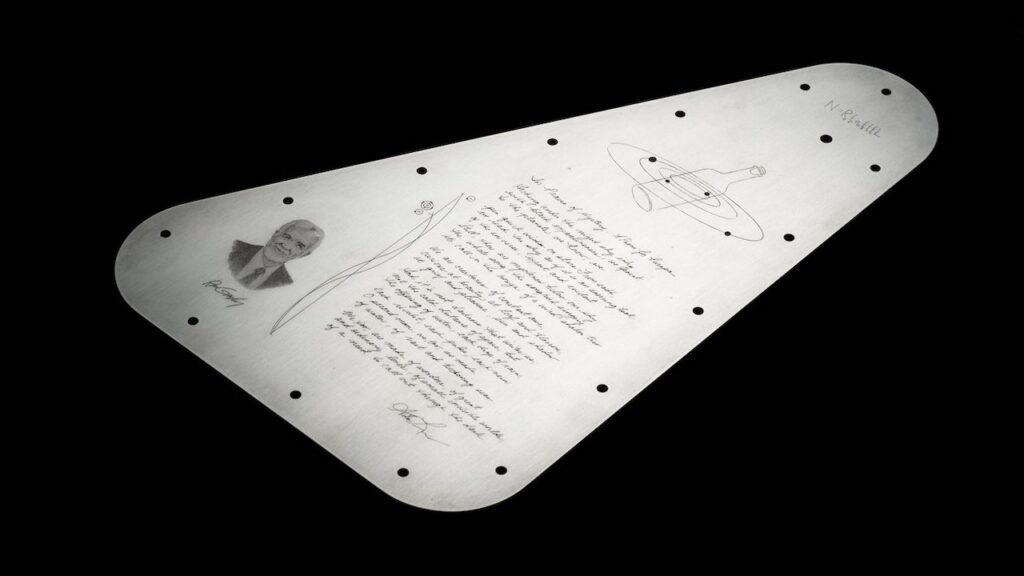The Breakthrough Listen Search For Intelligent Life Near the Galactic Center I

A line-of-sight towards the Galactic Center (GC) offers the largest number of potentially habitable systems of any direction in the sky.
The Breakthrough Listen program is undertaking the most sensitive and deepest targeted SETI surveys towards the GC. Here, we outline our observing strategies with Robert C. Byrd Green Bank Telescope (GBT) and Parkes telescope to conduct 600 hours of deep observations across 0.7–93 GHz. We report preliminary results from our survey for ETI beacons across 1–8 GHz with 7.0 and 11.2 hours of observations with Parkes and GBT, respectively.
With our narrowband drifting signal search, we were able to place meaningful constraints on ETI transmitters across 1–4 GHz and 3.9–8 GHz with EIRP limits of ≥4×1018 W among 60 million stars and ≥5×1017 W among half a million stars, respectively. For the first time, we were able to constrain the existence of artificially dispersed transient signals across 3.9–8 GHz with EIRP ≥1×1014 W/Hz with a repetition period ≤4.3 hours.
We also searched our 11.2 hours of deep observations of the GC and its surrounding region for Fast Radio Burst-like magnetars with the DM up to 5000 pc cm−3 with maximum pulse widths up to 90 ms at 6 GHz.
We detected several hundred transient bursts from SGR J1745−2900, but did not detect any new transient burst with the peak luminosity limit across our observed band of ≥1031 erg s−1 and burst-rate of ≥0.23 burst-hr−1. These limits are comparable to bright transient emission seen from other Galactic radio-loud magnetars, constraining their presence at the GC.
Vishal Gajjar, Karen I. Perez, Andrew P. V. Siemion, Griffin Foster, Bryan Brzycki, Shami Chatterjee, Yuhong Chen, James M. Cordes, Steve Croft, Daniel Czech, David DeBoer, Julia DeMarines, Jamie Drew, Michael Gowanlock, Howard Isaacson, Brian C. Lacki, Matt Lebofsky, David H. E. MacMahon, Ian S. Morrison, Cherry Ng, Imke de Pater, Danny C. Price, Sofia Z. Sheikh, Akshay Suresh, Claire Webb, S. Pete Worden
Comments: Accepted for publication in AJ
Subjects: High Energy Astrophysical Phenomena (astro-ph.HE); Astrophysics of Galaxies (astro-ph.GA)
Cite as: arXiv:2104.14148 [astro-ph.HE] (or arXiv:2104.14148v1 [astro-ph.HE] for this version)
Submission history
From: Vishal Gajjar
[v1] Thu, 29 Apr 2021 07:04:02 UTC (6,927 KB)
https://arxiv.org/abs/2104.14148
Astrobiology, SETI,








